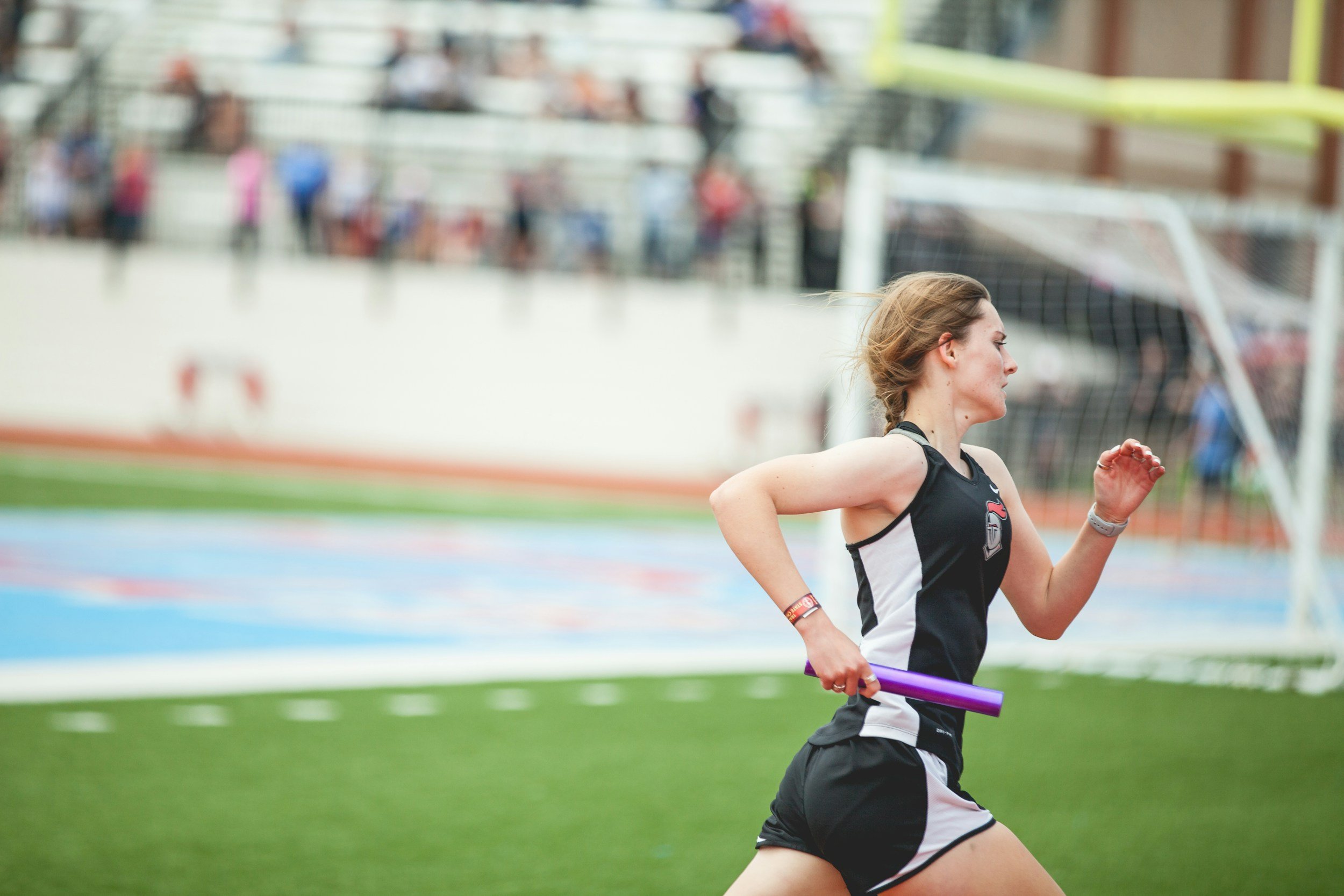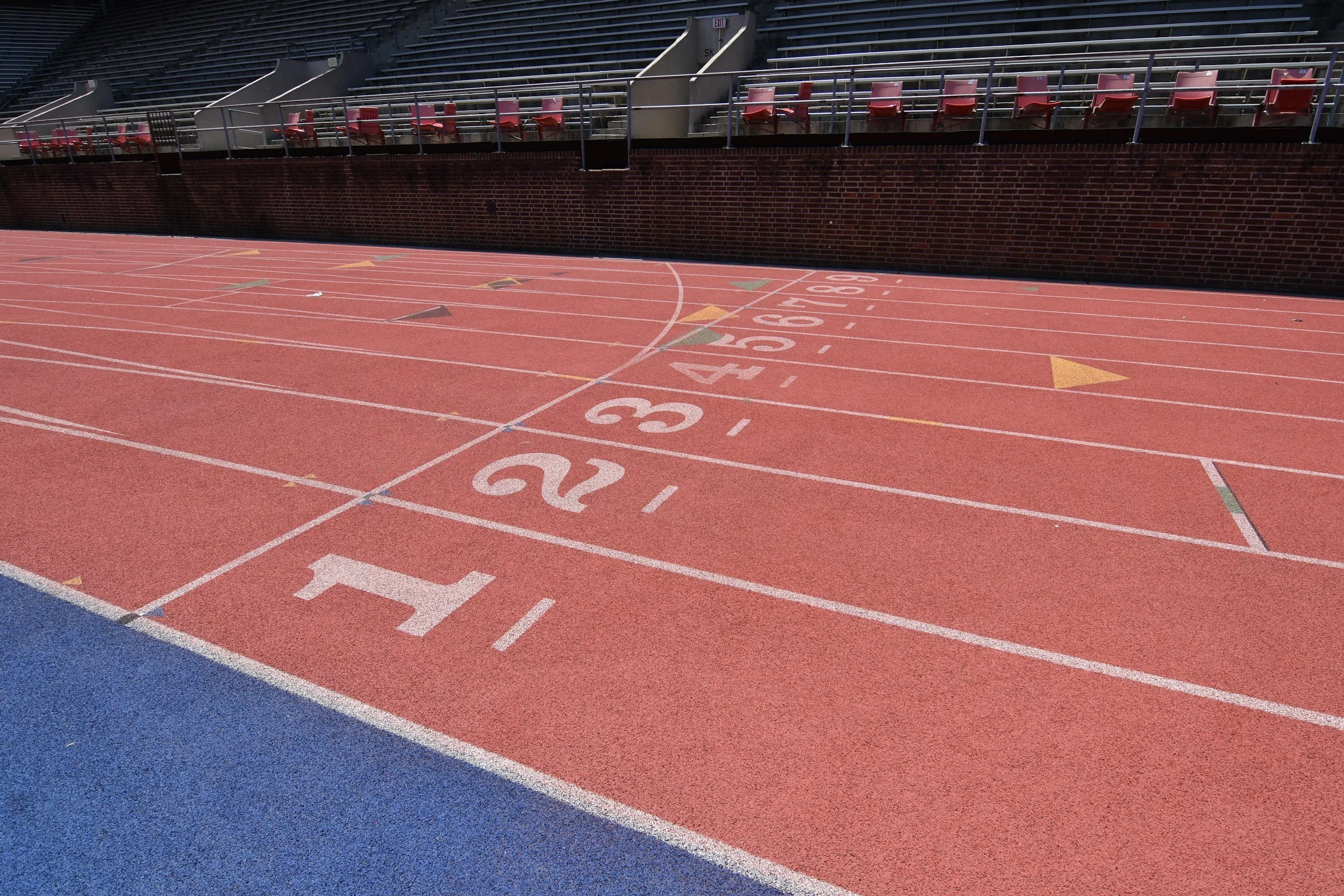Pylo Workout for Jumpers & Sprinters
Plyometric (pylo.) training, or jump training, involves jumping exercises where an athlete exerts their max. force in short intervals. These workouts are excellent at developing explosive muscle power and strength, which allows you to run faster and jump higher. They improve performance in any event that involves running, jumping, or kicking.
This intense 16 minute plyometric workout focuses on developing power, explosiveness, and endurance in the lower-body muscles, such as the glutes, quads, calves, and hamstrings. It also helps develop lower core strength and muscle balance.
This plyometric workout requires no equipment and is great to do in the offseason & in season training. It can be done on the track, grass, or indoors. For increased engagement of the feet and ankle muscles, do this exercise barefooted.
16 min Pylo. Workout
Do each jump for 90 seconds. Repeat each rep. as rapidly as possible in that time frame.
Between different jumps, take 30 seconds rest.
Ski Jumps
Buttkick Jumps
Rocket Jumps
Tuck Jumps
180 Jumps
Speed Skaters
Squat Jumps with A Pulse
Split Squat Jumps
This plyometric workout is a great series to add after a sprint workout or technique training. By adding this short but intense workout, you will be developing your endurance as well as your explosive power.
Keep reading for additional tips and instructions for each exercise.
Ski Jumps
Ski jumps help develop balance and strength in both the inner and outer quadriceps, as well as the calves. It is important that you keep the back neutral and the knees over the ankles. Do not try to stick your butt out during this exercise.
Buttkick Jumps
Make sure to start in the athletic stance. As you jump, keep your chest up and kick heels to your backside.
Rocket Jumps
The rocket jump is one of the most intense jumps on this list. The constant movement combined with the upwards jump and squat work the hamstrings, quads, and calves rigorously. For increased intensity, reach a deeper squat at the bottom of your jump.
Tuck Jumps
180 Jumps
180-degree jumps are excellent for targeting lateral movement, which is something that sprinters & jumpers often miss out on. It also strengthens the hip adductors, quadriceps, glutes, hamstrings, and trunk.
Speed Skaters
Speed skaters will strengthen your quads, calves, and glutes while energizing your workout at the same time. They are also great for developing balance in the posterior chain.
Squat Jumps with A Pulse
While doing a squat jump, maintain proper squatting form. At the bottom of your jump do a “pulse” or a mini squat to add constant contraction & engagement. To do a pulse, hold the seated squat position at the bottom and move a few inches up and down.
This is an intense jump that really develops muscle recruitment and develops strength/balance in the glutes, lower abs, and leg muscles.
Split Squat Jumps
Squat jumps develop coordination and strength on each side of the leg. The lunge and jump motion improves unilateral strength and can help minimize injuries from muscle imbalance.































